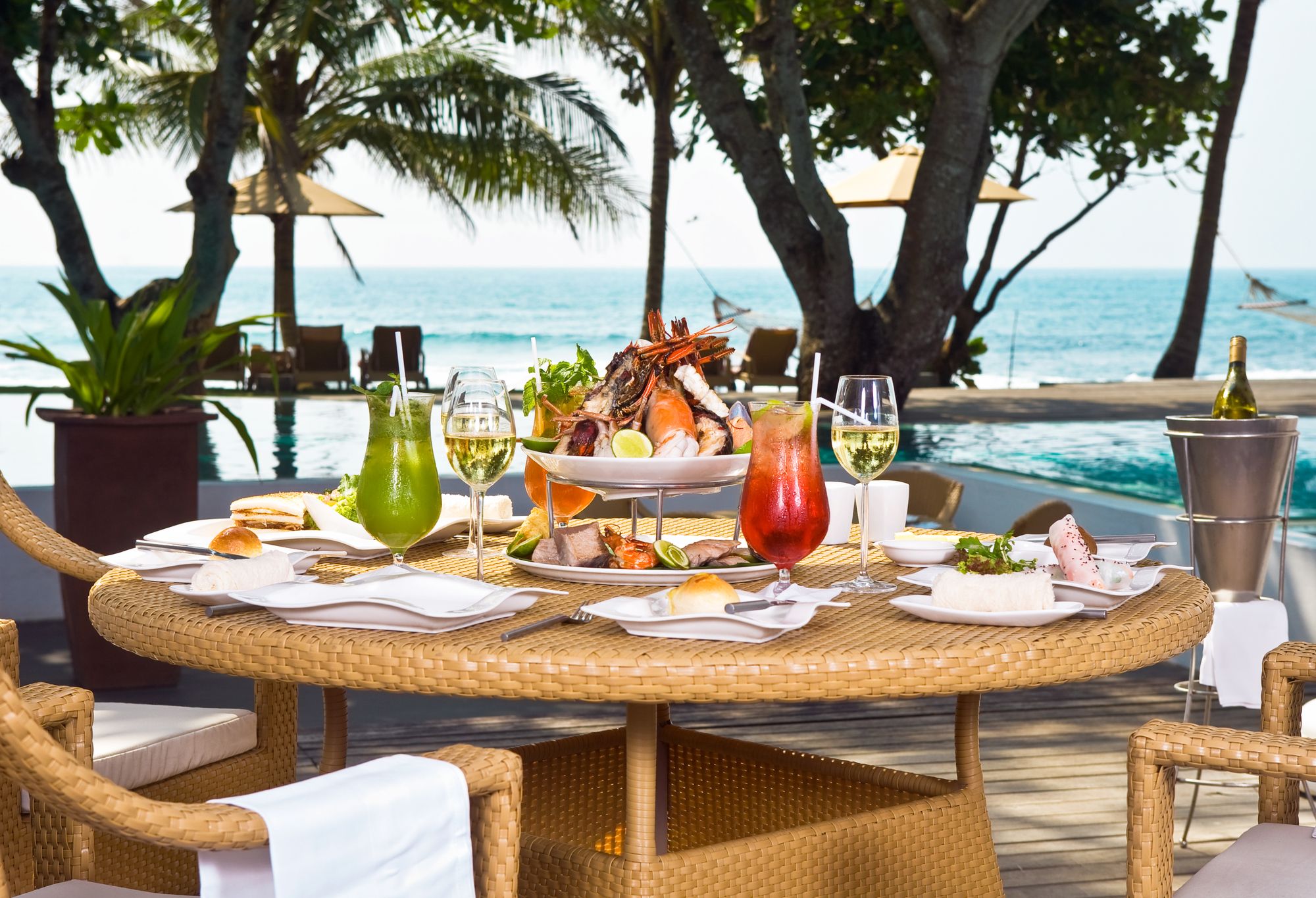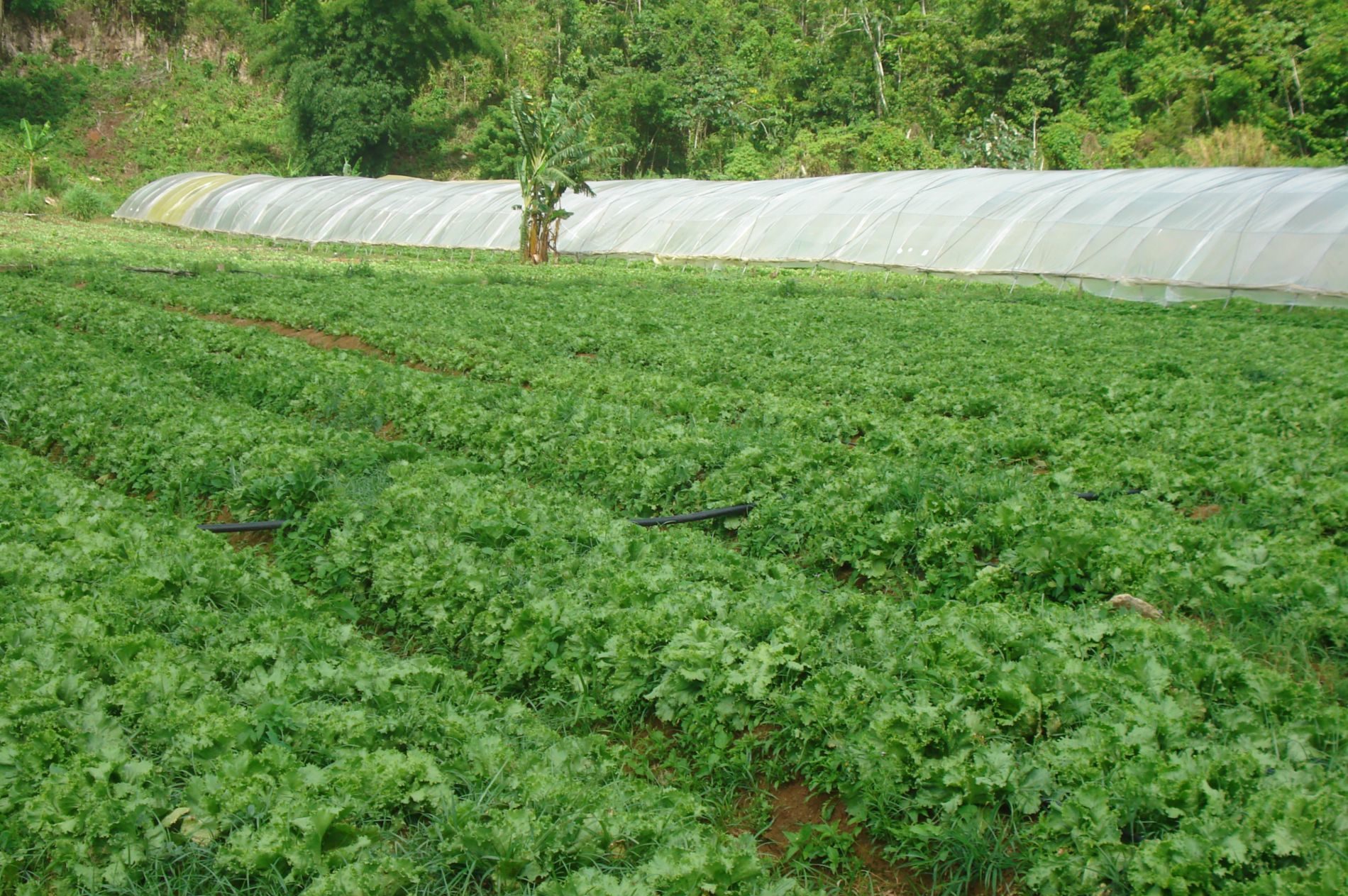Agritourism is a type of tourism that involves visiting farms, old plantations, gastronomic festivals, or other agricultural businesses for the purpose of experiencing rural life, culture, and food. Agritourism combines agriculture and tourism to promote sustainable tourism, support local agriculture, and provide economic benefits to rural communities. Examples of agritourism include:

Linking local farmers with hotels and restaurants

Sharing of agricultural heritage: visits to old plantations or agricultural museums.

Local gastronomic festivals and culinary traditions.

Farm-based activities: rural bed & breakfasts, observation of crop management, farm animal feeding, milking and cheese making.

Tourist routes that combine the knowledge of natural landscapes with the way of life of the communities visited.

Community-based initiatives: village fairs, community markets and food trails
Why support agritourism in the Caribbean?
The Caribbean is one of the most tourism-dependent regions in the world, with tourism earnings accounting for over 60% of GDP in some countries. However, despite the significant benefits of tourism, linkages between tourism and other economic sectors, such as agriculture, are often weak. As a result, the benefits of tourism are not distributed widely, particularly in rural areas where poverty rates are highest.
Promoting agritourism is a strategy to enhance the linkages between tourism and agriculture, and to strengthen rural economies in the Caribbean. By supporting local agriculture and food production, agritourism can help to improve food security, reduce dependence on food imports, and create new income and livelihood opportunities for rural communities, while promoting sustainable agriculture practices and environmental stewardship.
Moreover, the hotel industry in the Caribbean represents a huge potential market for locally sourced goods, which can enhance the authenticity of the tourism experience. By promoting agritourism, the Caribbean can showcase its unique and diverse agricultural products, cultural heritage, and rural landscapes, while also providing visitors with a more authentic and sustainable travel experience.
